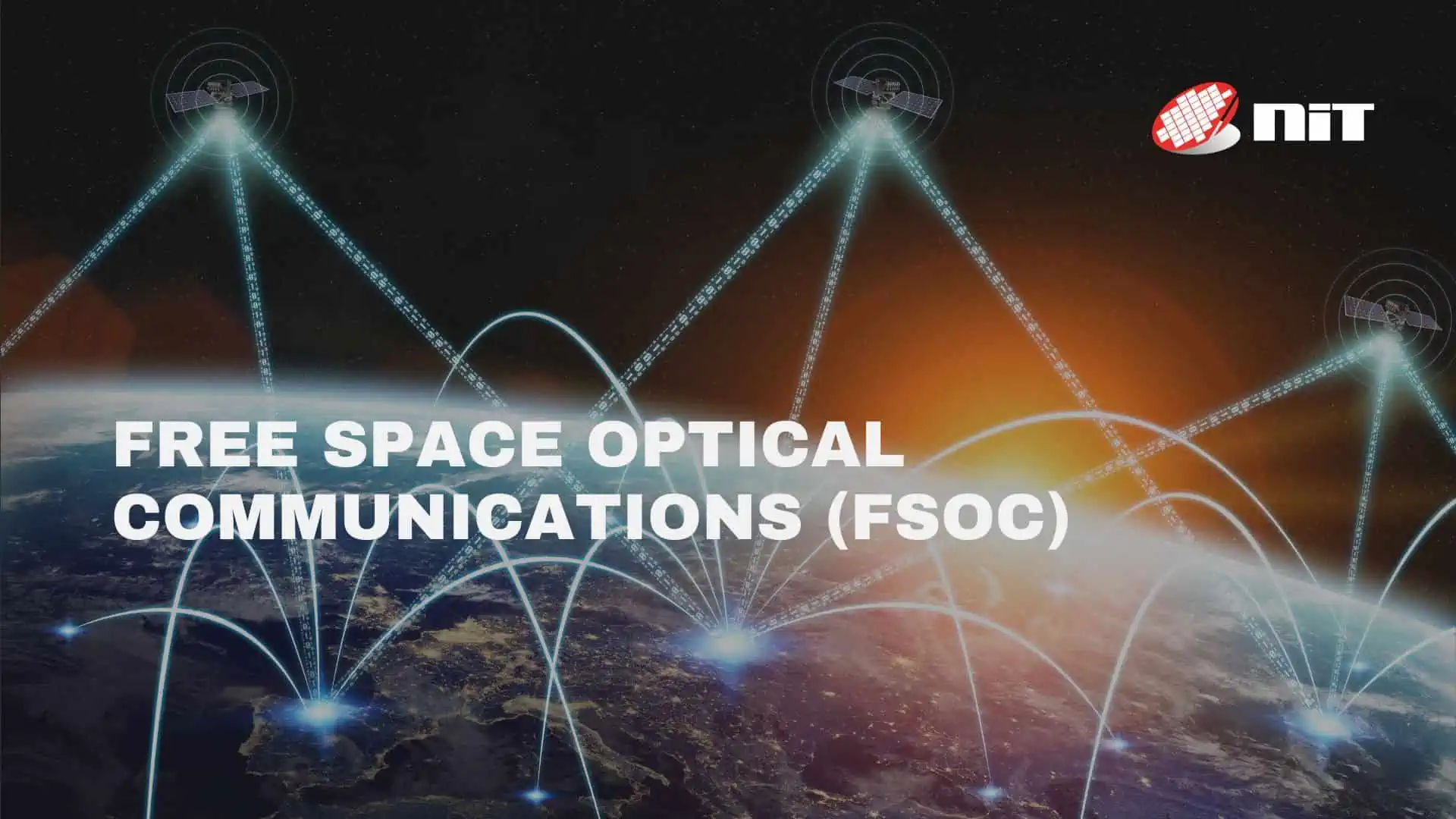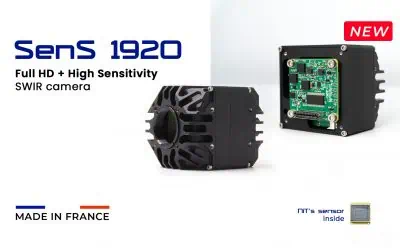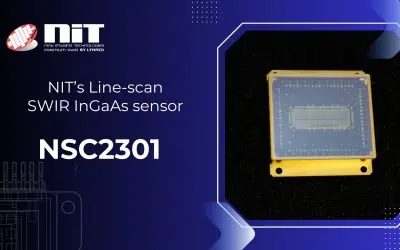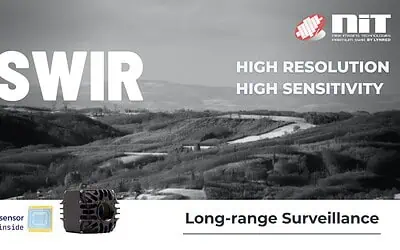The ever-growing demand for higher data rates, more cost-effective systems, higher bandwidths, and data security drives continuous innovation in laser communication. Free-space optical (FSO) communication systems are being continuously refined to meet these demands, offering exciting new possibilities in laser communication. This article will delve into the evolution of FSO for future comms systems.
What is Free-Space Optical Communication?
Free-space optical communication is a technology that uses light propagating in free space, such as air, outer space, or vacuum, to transmit data for telecommunications or computer networking wirelessly. FSO systems use modulated optical beams, typically infrared laser light or LEDs, to transmit data between transceivers that are in line-of-sight (LOS) with each other. This technology is considered a part of optical wireless communications and can be used for various applications, including communications between spacecraft, chip-to-chip, or board-to-board interconnections, earth observation, and so on. The wavelength of interest for FSO is the SWIR waveband, especially at 1550nm.
What are the Pros and Cons of FSO?
FSO technology offers numerous advantages, such as high data transmission rates, license-free operation, rapid deployment for temporary backbones in mobile wireless communication infrastructure, and the ability to function over several kilometres. However, there are also disadvantages, including the dependence on LOS between transceivers and susceptibility to atmospheric conditions, such as haze, rainfall, fog, and scintillation, which can negatively impact the transmission and reception of optical signals.
Enhancing FSO Technology with SWIR Wavelengths
Short-wave infrared (SWIR) technology is used in FSO systems to improve the performance and reliability of data transmission. SWIR cameras are sensitive to a specific portion of the infrared spectrum, between near-infrared (NIR) and mid-wave infrared (MWIR), and are less affected by poor visibility and atmospheric conditions. These cameras offer low noise and high frame rates, enabling efficient data transmission irrespective of ambient conditions. Additionally, high-speed SWIR InGaAs cameras can be used in fast adaptive optics setups, which help overcome limitations of FSO communications, such as atmospheric turbulence and signal degradation.
Interested in Laser Communications?
If you’re interested in keeping up with the latest innovations in laser communications, read our blog content. New Imaging Technologies (NIT) was founded in 2007 as a spin-off of the French National Research Center for Telecommunications, with the goal of designing and producing image products based upon patented high dynamic range response sensors.
NIT initially focused on CMOS visible sensors, but quickly turned to the short wave infrared region (SWIR) with a line of InGaAs SWIR products. Large R&D investments have taken place at NIT over the last years to cover all technical aspects of SWIR technology, from read-out circuit design, hybridization technology, photodiode arrays, camera electronics, and software.
Now a vertically integrated source for SWIR sensors and cameras, NIT boasts unique in-house manufacturing technologies such as small pitch high yield hybridization capacity. The SWIR InGaAs line is our sole activity, with a unique product portfolio ranging from small low-cost SWIR sensors, high-speed line arrays, and large format focal plane arrays VGA and SXGA.
References and further reading:
- https://www.sciencedirect.com/topics/physics-and-astronomy/free-space-optical-communication
- Kaur, M., & Brar, A. K. (2017). Free Space Optics Communication – Trends and Challenges. International Journal of Engineering Development and Research, 5(2). Punjabi University, Patiala. ISSN: 2321-9939.
Stay Up to Date
Stay informed about the exciting developments in laser communications by following our blog and exploring how these advancements may shape the future of space communications and beyond.




